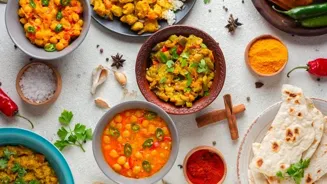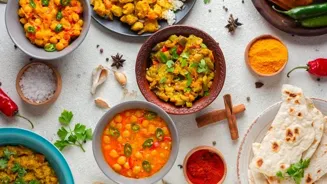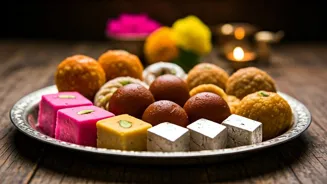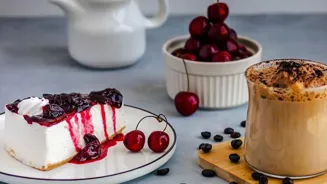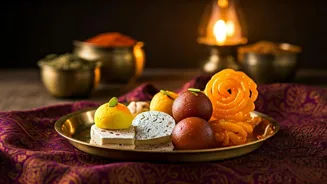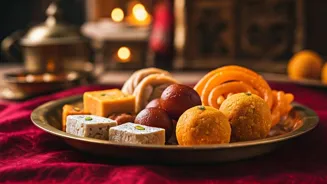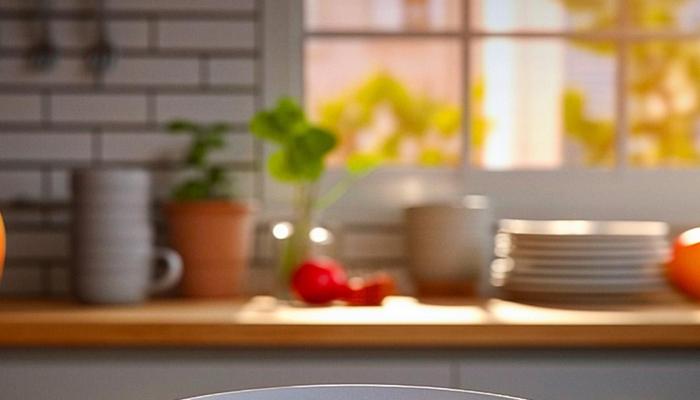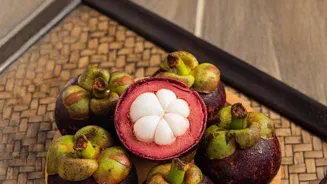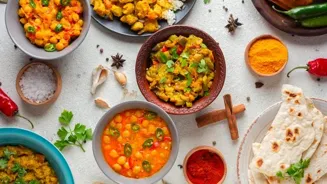Discover the magic of making traditional Indian sweets at home, a journey filled with love, nostalgia, and delicious aromas. Read more for sweet inspiration!
In a world obsessed with instant gratification,
the art of slow cooking and baking, especially when it comes to traditional Indian sweets, offers a charming respite.
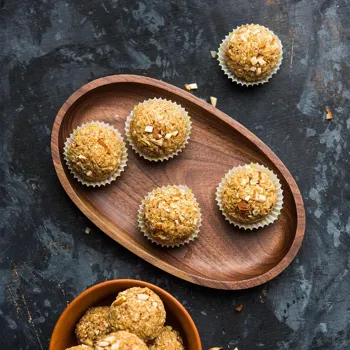
Forget the store-bought mithai laden with preservatives; there’s a certain magic in creating these delicacies at home, filling your kitchen with fragrant spices and the warmth of familial love.
It's not just about following a recipe; it's about connecting with your roots, reviving forgotten traditions, and gifting your loved ones a taste of nostalgia. Many think it tough, but making Indian sweets can be surprisingly simple, and even therapeutic.
Start with something easy, like besan ladoo or kheer, and you'll soon find yourself confident enough to take on more complex sweets.
Making sweets at home ensures quality, health, and family bonding
Making sweets at home means you know exactly what goes into it. No artificial colors, questionable ingredients, or excessive sugar. You control the quality, using the best ghee, freshest nuts, and purest spices.
This is especially important for families with dietary restrictions or those who are conscious about their health. Also, the aroma that fills your home while baking is unmatched. It's a sensory experience that evokes happy memories and creates a warm, inviting atmosphere.
Plus, it's a brilliant way to spend quality time with family, especially children. Get them involved in measuring ingredients, shaping the sweets, and of course, the tasting! It is a valuable skill and passing on our culinary heritage to the next generation.
Learn to make Besan Ladoo and Kheer desserts at home
Ready to get started? Let's begin with the quintessential "Besan Ladoo." This golden orb of deliciousness requires just a handful of ingredients: besan (gram flour), ghee, powdered sugar, and cardamom powder.
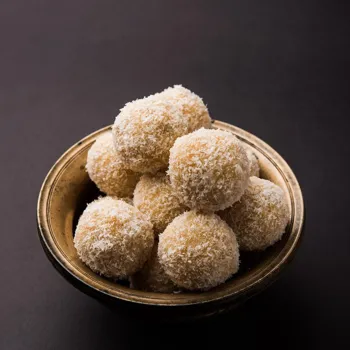
The key is to roast the besan patiently in ghee over low heat until it turns a beautiful golden brown and releases a nutty aroma. Don't rush this step; proper roasting is crucial for the ladoo's texture and taste.
Once cooled, mix in the powdered sugar and cardamom, shape them into round ladoos, and watch them disappear within minutes. Another easy and crowd-pleasing option is "Kheer," a creamy rice pudding that's both comforting and festive.
Simply cook rice in milk with sugar, cardamom, and your favorite dried fruits and nuts. Simmer it gently until the rice is soft and the kheer thickens to your desired consistency. Garnish with saffron strands for an extra touch of elegance.
Making gulab jamun at home is achievable and delicious, a classic sweet treat
For those who are feeling a bit more adventurous, "Gulab Jamun" is a classic choice. While it might seem intimidating, making gulab jamun at home is totally achievable with a little patience and attention to detail. The dough is made from khoya (milk solids) and a bit of maida (all-purpose flour).
Knead it well until it's smooth and pliable. Shape them into small balls, and deep-fry them over low heat until they turn a rich golden brown. The secret is to soak the fried gulab jamuns in a fragrant sugar syrup flavored with cardamom and rose water.
The result is a melt-in-your-mouth treat that's simply divine. Another popular sweet, Jalebi, is always enjoyed among the indian people.
Popular Indian sweets: Barfi with milk and flavors, Halwa with semolina or lentils
Another popular treat is "Barfi," a dense milk-based sweet that comes in various flavors and textures. From the simple milk barfi to the richer cashew or pistachio flavored versions, there's a barfi for every palate.
The basic recipe involves simmering milk until it thickens and solidifies, then adding sugar and your chosen flavorings. Spread it out on a greased tray to set, and cut it into squares or diamonds once cooled. For a festive touch, decorate the barfi with edible silver leaf (varakh).
No Indian celebration is complete without "Halwa," a rich and decadent sweet made from semolina, wheat flour, or lentils. The most common version is Sooji ka Halwa, made with semolina, ghee, sugar, and water.
The semolina is roasted in ghee until golden brown, then simmered in sugar syrup until it thickens into a glossy, pudding-like consistency.
Baking Indian sweets is about joy, experimentation, practice, and love
Remember, baking Indian sweets is more than just following recipes; it's about embracing the joy of cooking and sharing your creations with loved ones. Don't be afraid to experiment with flavors, adjust the sweetness to your liking, and add your own personal touch.
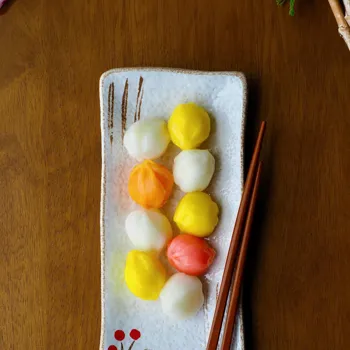
And most importantly, don't be discouraged if your first attempt isn't perfect. Practice makes perfect, and every batch will bring you closer to mastering the art of homemade Indian sweets. After all, the most important ingredient in any recipe is always love.
So, gather your ingredients, put on some soothing music, and get ready to embark on a sweet journey! From "Rasgulla" to "Mysore Pak," the world of Indian sweets is vast and diverse, waiting to be explored.
AI Generated Content. Glance/InMobi shall have no liability for the content